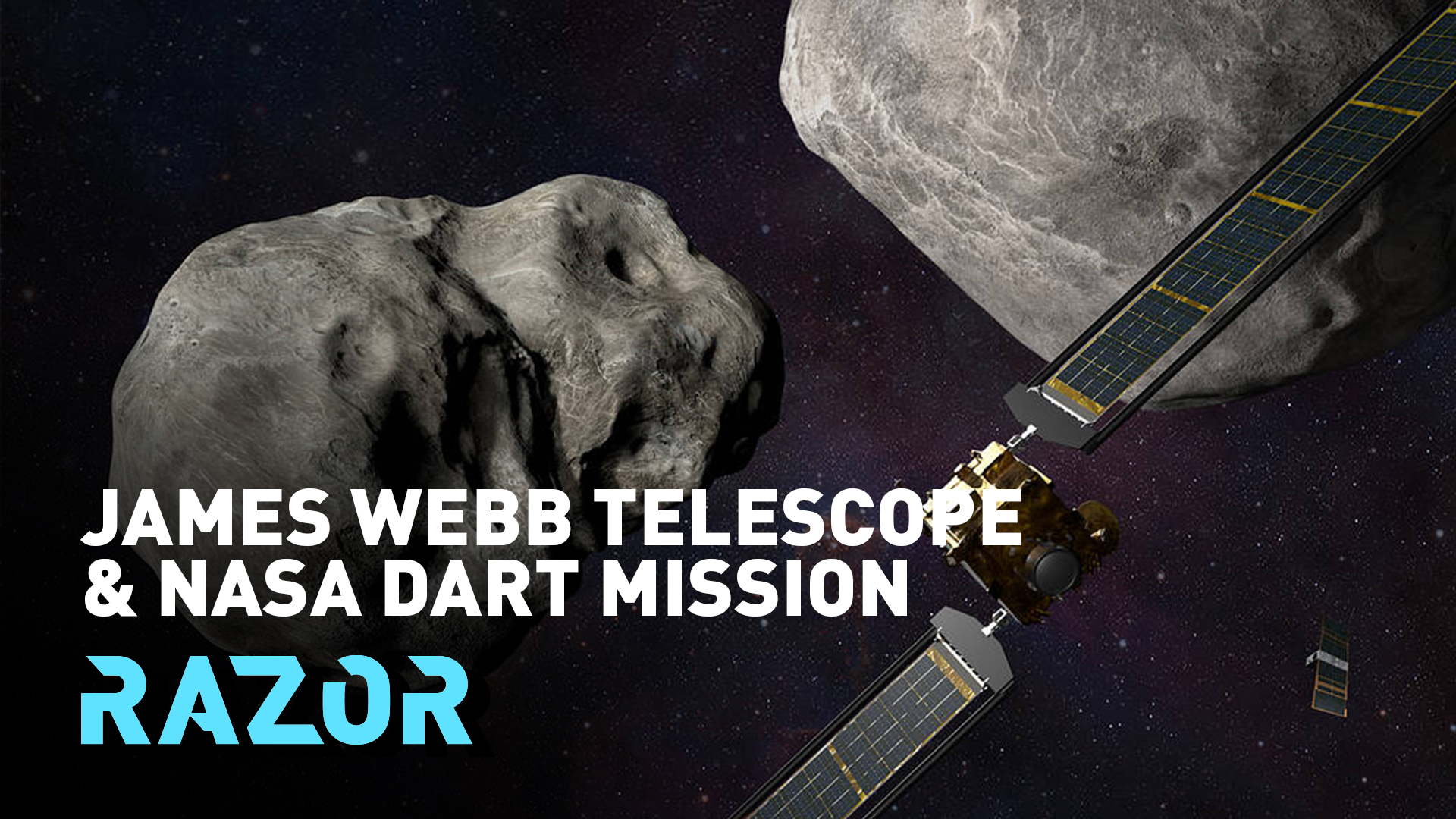30:00

Some 66 million years ago, an asteroid crashed to Earth in the Yucatan Peninsula, Mexico. Scientists believe debris from the explosion severely altered the climate and led to the extinction of around 75 percent of species, including the dinosaurs.
A new study by the Southwest Research Institute in Texas suggests the rock came from the outer half of the asteroid belt in our own solar system – and it could happen again.
That's why NASA is launching its first ever Earth defense mission.
The Double Asteroid Redirection Test (DART) involves sending a craft around the size of a golf cart 11 million kilometers into space to collide with an asteroid a little larger than a football field.
The goal is to test whether the impact can change the trajectory of the rock, as even a slight move could make a huge difference. The asteroid involved is not believed to pose any danger to our planet and no major objects are known to be on a collision course with Earth, but the sheer number of asteroids makes it likely that one day a threat will emerge.
China has also developed a plan to tackle such a threat by using adapted versions of its Long March 5 launch vehicle working together to push an asteroid off course. This type of approach is seen as far safer than trying to blast an asteroid using an atomic bomb because of the risk of creating large and uncontrolled fields of debris.

